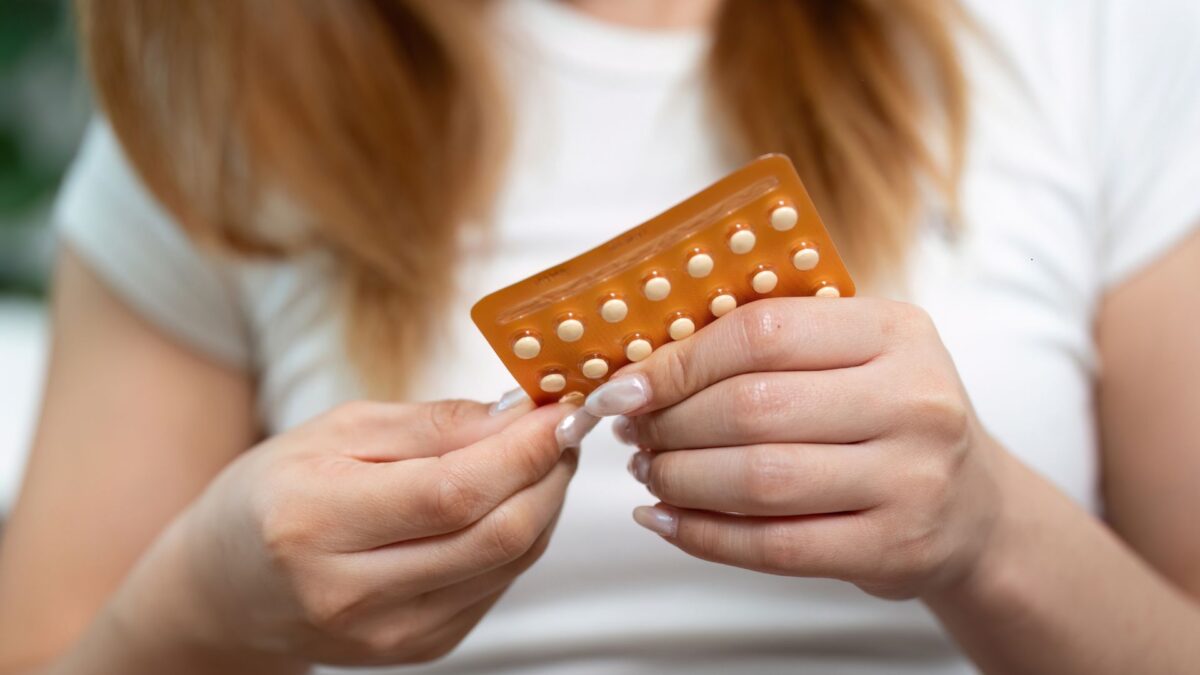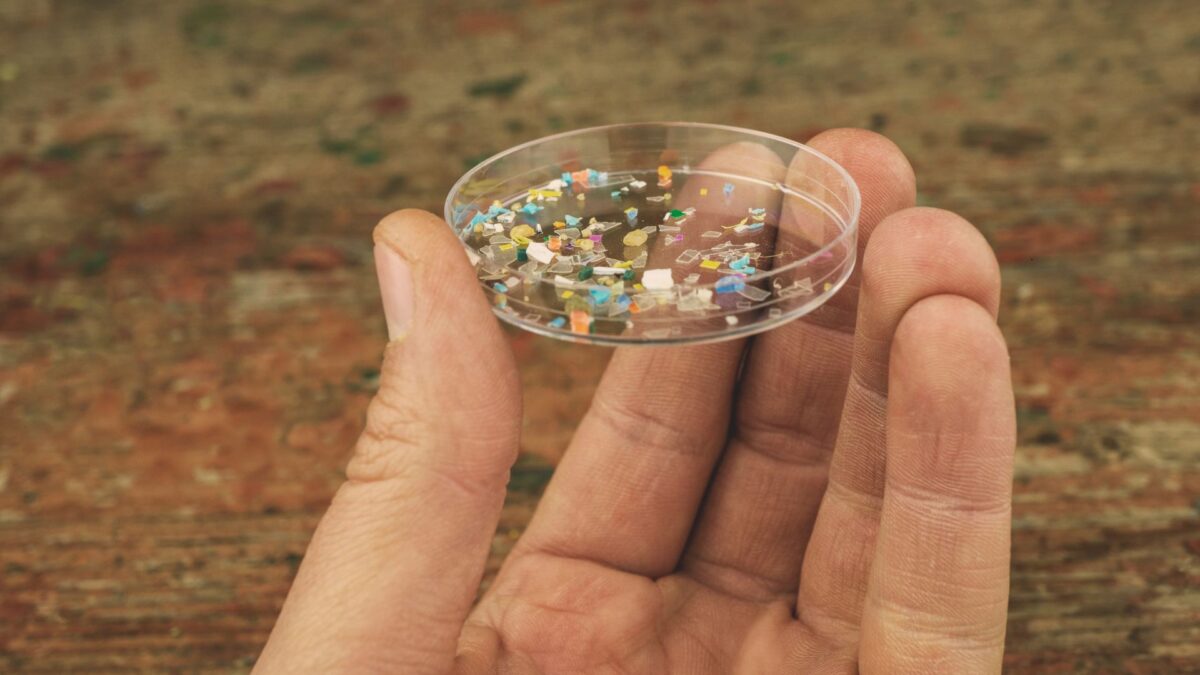You’ve made the decision to come off hormonal birth control, and that’s a powerful choice.
Maybe you were on oral contraceptives to manage your skin, regulate your cycle, or ease painful periods.
Maybe you were told it would “balance your hormones.” But now that you’ve stopped taking birth control, you’re realising just how disconnected your body became from its own natural hormone balance.
You’re not alone.
Many women experience a wave of hormonal symptoms after discontinuing birth control — acne flare-ups, bloating, irregular periods, PMS, anxiety, low libido — and they feel blindsided.
You were expecting more freedom, more connection with your body, and instead, it feels like your hormones have gone rogue.
But here’s the truth… this is your body relearning how to regulate itself without synthetic hormones. And with the right support, you can absolutely get back to a healthy hormone balance, naturally.
In this post, I’ll walk you through:
- Why hormone imbalances are so common post-pill
- The symptoms of oestrogen imbalance to watch for
- My top naturopathic strategies to restore balance gently and effectively
- How long it takes to rebalance, and when to seek extra support
Let’s get you back to a natural flow and feeling like yourself again.
What Happens to Your Hormones After Stopping the Pill?
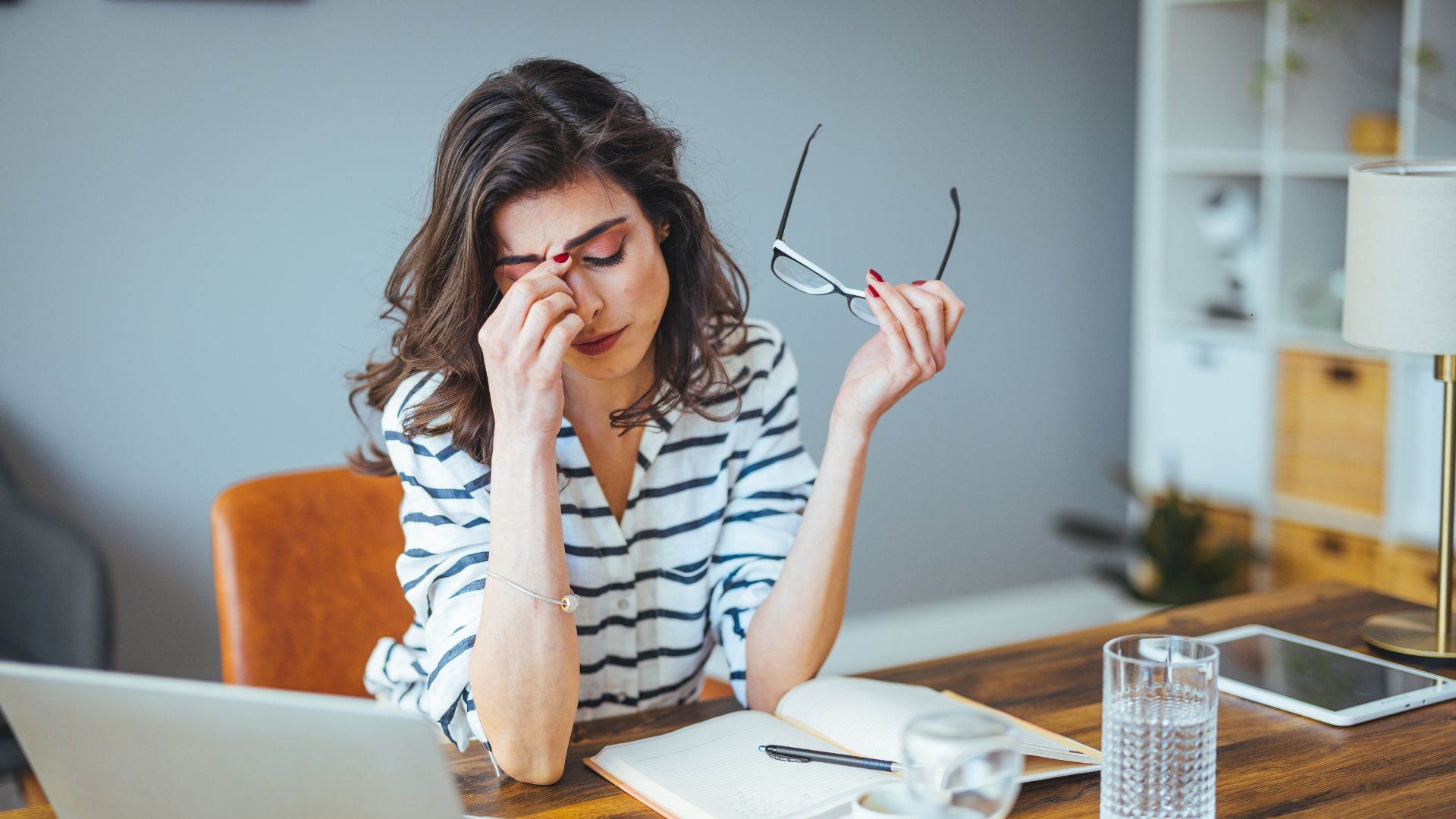
Here’s the short version: hormonal contraception suppresses your body’s natural hormone production.
Oral contraceptives work by shutting down ovulation. They override your natural hormonal fluctuations by replacing your reproductive hormones with synthetic versions.
While you’re on the pill, your body’s own production of oestrogen, progesterone, luteinising hormone (LH) and follicle-stimulating hormone (FSH) is essentially switched off.
So what happens when you stop?
For many women, there’s a temporary rebound or drop in hormone levels, particularly oestrogen.
Some experience an oestrogen deficiency (especially if the liver and gut aren’t clearing hormones efficiently), while others see an oestrogen dominance, especially if progesterone remains low post-pill.
This hormonal seesaw leads to some of the most common post pill symptoms:
- Acne (especially along the jawline and cheeks)
- Irregular periods or post pill amenorrhea (missing cycles for months)
- PMS symptoms (mood swings, breast tenderness, painful periods)
- Bloating and digestive issues
- Low libido
- Anxiety and mood changes
Sound familiar?
Signs of Oestrogen Imbalance Post-Pill
Oestrogen imbalance after coming off hormonal contraception is more common than most women realise, but tracking your symptoms is the first step to understanding your unique hormonal picture.
Some signs of oestrogen dominance include:
- PMS symptoms like mood swings, breast tenderness, bloating
- Heavy or painful periods
- Anxiety
- Weight gain, especially around the hips and thighs
- Water retention
- Signs of low oestrogen include:
- Irregular or missing periods
- Vaginal dryness
- Low libido
- Sleep issues
- Acne (particularly if testosterone is unopposed by oestrogen)
Useful tip: Track your cycle and symptoms using an app or journal. It helps reveal patterns and shows you how your hormones are changing post-pill.
And remember, what you’re experiencing is valid. This is your body trying to find its natural rhythm again, and you can support that process.
Key Areas to Focus on for Natural Rebalancing
Support Liver Detoxification
Your liver is your body’s hormone filter. It detoxifies used-up oestrogen so it can be safely eliminated from the body.
But if liver function is sluggish or overwhelmed, from poor diet, alcohol, or toxin exposure, hormones can build up and recirculate, causing imbalances.
Support your liver with:
- B vitamins: Found in leafy greens, whole grains, and nutritional yeast — they’re essential for phase 1 and 2 liver detox.
- Cruciferous vegetables: Broccoli, cauliflower, kale, bok choy and Brussels sprouts are rich in sulforaphane and indole-3-carbinol which help the liver break down oestrogen more efficiently.
- Milk thistle: A gentle herb that protects liver cells and enhances detox capacity.
Also avoid endocrine disruptors. These are chemicals in plastics, cosmetics and cleaning products that mimic or interfere with hormones.
Swap plastic containers for glass and choose natural, fragrance-free personal care products.
Balance Blood Sugar and Manage Stress
Blood sugar instability and high cortisol are two silent saboteurs of hormone balance. They mess with your body’s ability to produce and regulate sex hormones.
To support healthy blood sugar and reduce stress:
- Eat protein-rich meals every 3–4 hours to stabilise insulin
- Avoid sugary snacks, refined carbs, and skipping meals
- Include healthy fats like avocado, nuts, seeds, and olive oil — they’re the building blocks of reproductive hormones
- Engage in gentle movement daily — like walking, pilates, or yoga
- Prioritise sleep and rest — sleep deprivation raises cortisol and suppresses oestrogen and progesterone production
- Explore mindfulness tools like meditation or breathwork to calm your nervous system
If your stress is high, herbs like ashwagandha and rhodiola can be helpful, but always speak with a practitioner first.
Use Food as Medicine
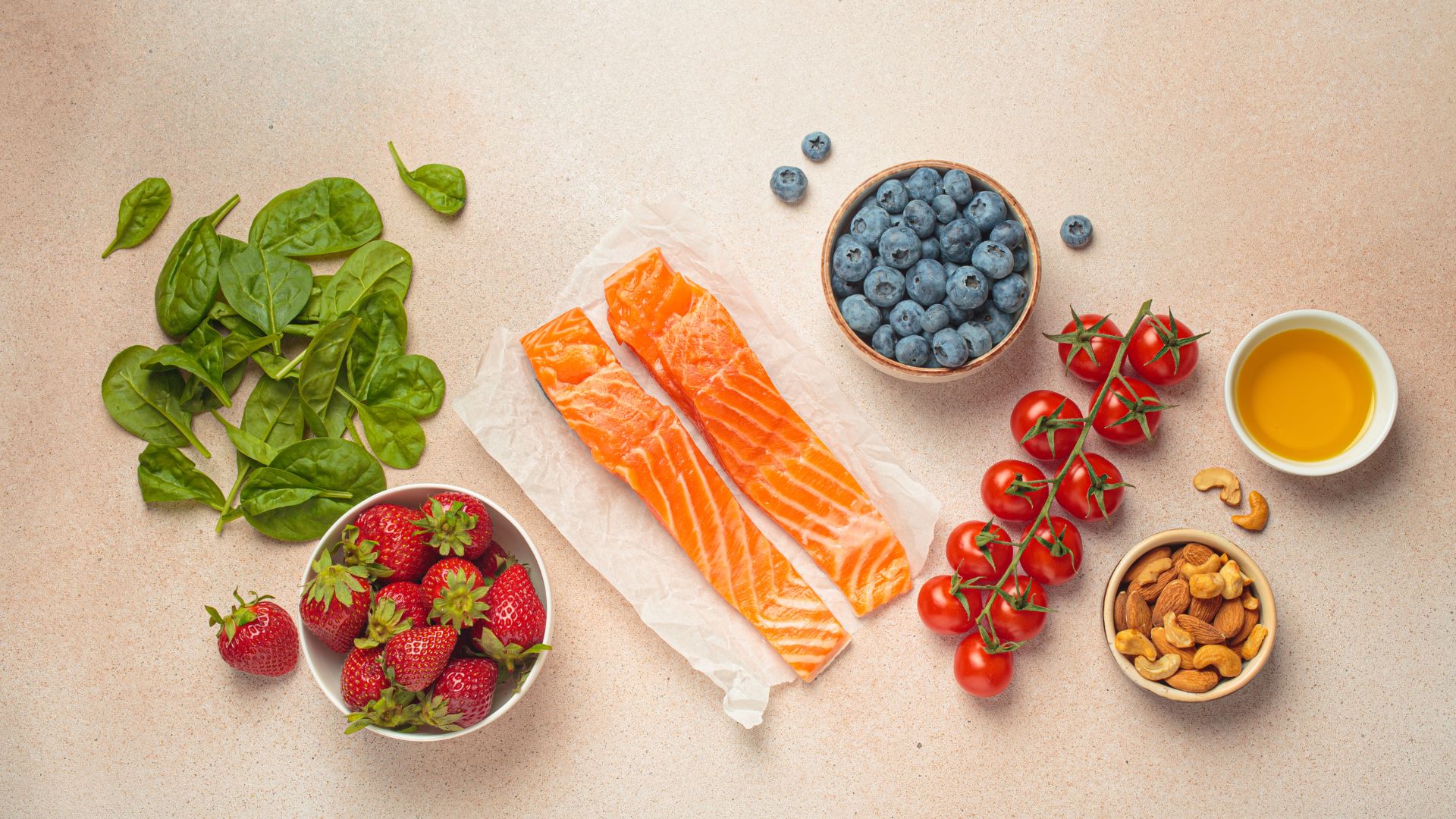
Food can either fuel hormone chaos or encourage hormone harmony.
To support oestrogen rebalance:
- Phytoestrogens like flaxseeds help modulate oestrogen activity (they’re adaptogenic and safe, they don’t increase oestrogen like some believe)
- Load up on anti-inflammatory foods: berries, leafy greens, turmeric, ginger, oily fish
- Bone broth and fermented foods (like sauerkraut, kimchi, kefir) support gut health, essential for hormone detox
- Avoid processed foods, seed oils, excess caffeine, and alcohol, they burden your liver and disrupt blood sugar
Your diet doesn’t need to be perfect, but it should be consistently nourishing. Think whole, colourful, seasonal foods.
Consider Supportive Supplements
While food is foundational, certain supplements can speed up healing, especially when your hormones need extra support after stopping hormonal contraception.
Some top post-pill supplements include:
- DIM – helps break down excess oestrogen through the liver
- Magnesium – calms the nervous system, supports detox, and reduces PMS
- Zinc – supports skin healing, hormone production, and immune function
- Vitamin B6 – helps ease PMS, anxiety, and supports progesterone production
Warning – Don’t supplement blindly. Testing your hormones is the best way to know what your body truly needs. I use saliva and urine hormone testing with my patients to guide personalised treatment plans.
How Long Does It Take to Rebalance Naturally?
Your body has been on autopilot while you were taking hormonal contraceptives, so it needs time to remember how to regulate hormone production on its own.
On average, natural rebalancing takes:
- 3–6 months for your menstrual cycle to regulate
- 6–12 months for skin to fully settle (especially if post pill acne is present)
- 12+ months for deep healing if the pill masked long-standing imbalances
Be patient. Stay consistent. Your body is always working for you, even when it doesn’t feel like it.
When to Seek Professional Help
Sometimes your body needs more than time, it needs targeted support.
Red flags to watch for:
- No period for more than 3 months (post pill amenorrhea)
- Debilitating PMS or painful periods
- Cystic acne that worsens over time
- Mood changes or anxiety affecting your daily life
In these cases, testing is key. I recommend:
- Saliva hormone testing: to assess oestrogen, progesterone, testosterone, cortisol, and DHEAS
- DUTCH test: gives a comprehensive view of hormone metabolites and detox pathways
- Blood work: for nutrient deficiencies, thyroid markers, blood sugar and insulin
Book a consultation to get personalised guidance. We’ve helped over 2000 women fix their hormone imbalances naturally, and I can help you too.
Natural Rebalancing is Possible, Start Small Today
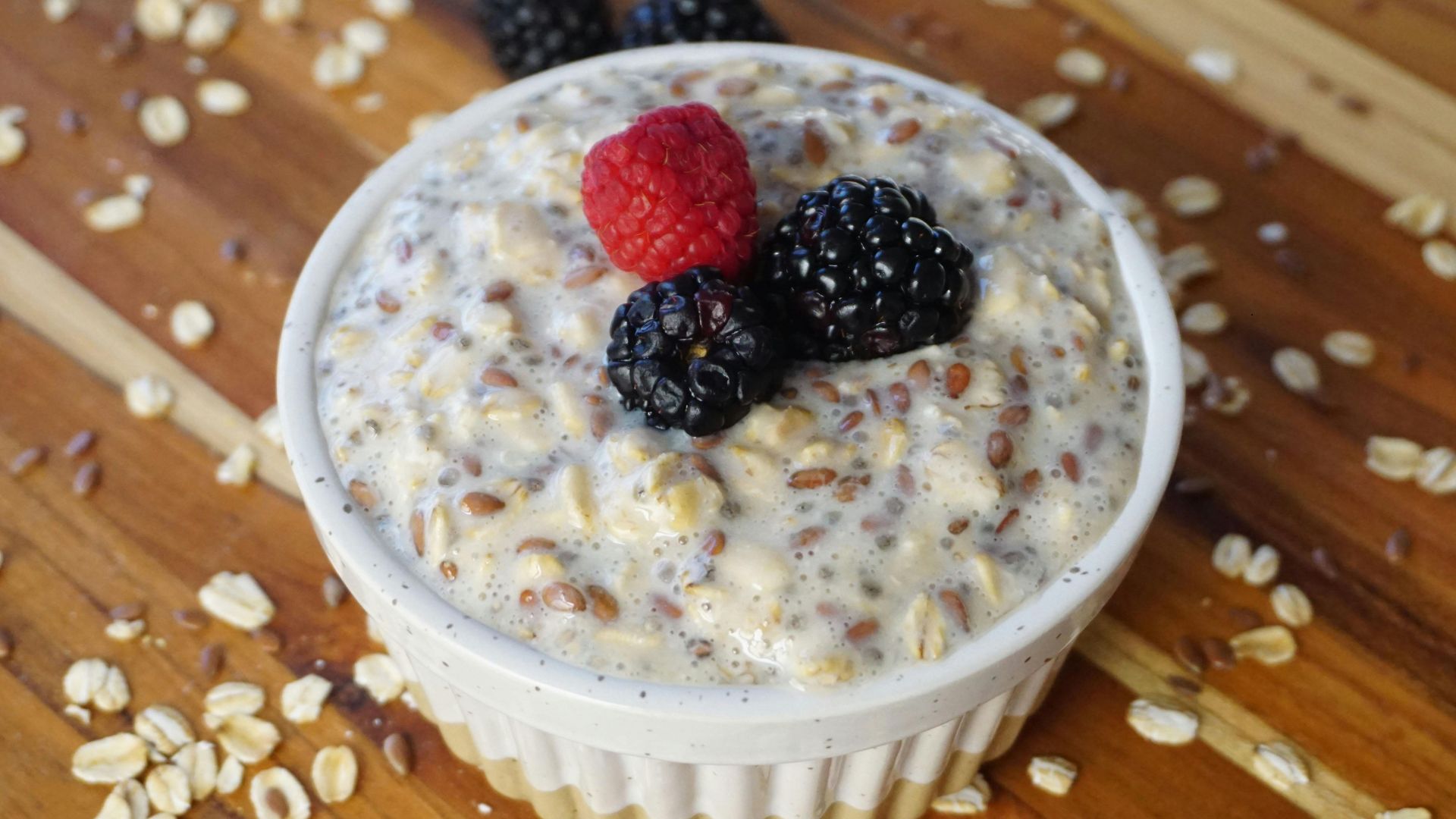
Healing your hormones after coming off the pill doesn’t need to feel overwhelming.
You don’t need to do everything at once. Start small:
- Swap your lunch for a hormone-balancing bowl of greens, good fats and protein
- Add flaxseeds to your breakfast
- Switch your plastic water bottle to glass
- Commit to 10 minutes of movement or breathwork each day
These shifts add up. And they remind your body that you’re supporting it, not fighting it.
Rebalancing is possible. Your natural cycle is still within you. Let’s help you reconnect with it.
If you’re ready to take the next step, book a consultation with me. I’ll test, not guess, and build a personalised plan to support your return to vibrant hormonal health.
FAQ’s
How do you restore estrogen balance?
By supporting liver detox, managing stress, eating phytoestrogens like flaxseeds, balancing blood sugar, and ensuring you’re not deficient in key nutrients like B vitamins, magnesium, and zinc.
How to help your hormones balance after birth control?
Focus on real food, sleep, movement, and targeted herbal supplementation. Hormone testing can pinpoint what your body needs.
How long does it take for estrogen levels to drop after stopping birth control?
It depends. Some women experience a sharp drop in oestrogen within a month, while others may have persistent oestrogen dominance for 3–6 months.
How long does it take for hormones to return to normal after birth control?
It can take anywhere from 3 to 12 months. Factors include your age, health, stress levels, and how long you were taking hormonal contraceptives.

Hayden Keys
Graduating from Western Sydney University in 2005 with a Bachelor of Health Science in Naturopathy, Hayden is a proud member of the Australian Traditional Medicine Society. With over a decade of clinical experience, Hayden established the Happy & Healthy Wellbeing Centre in Miranda in 2009. Read more...

